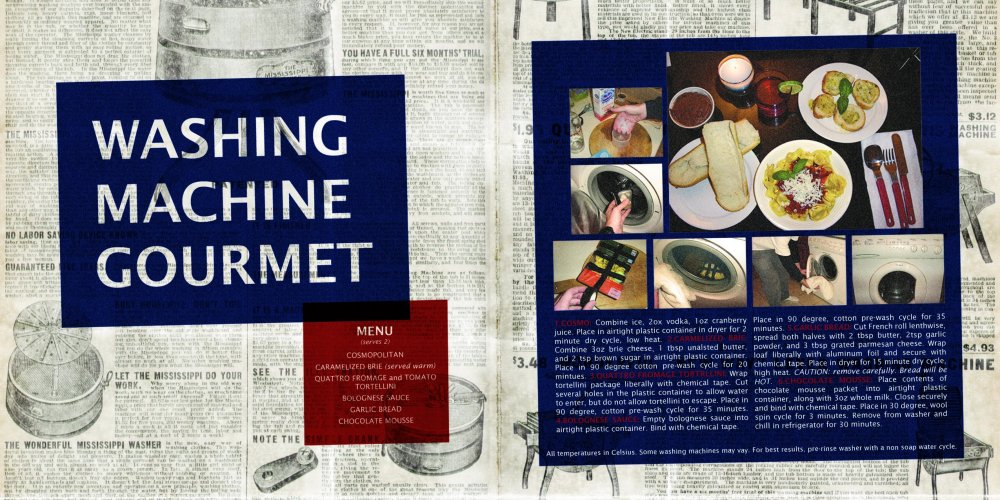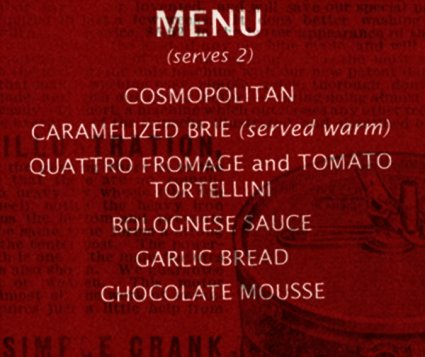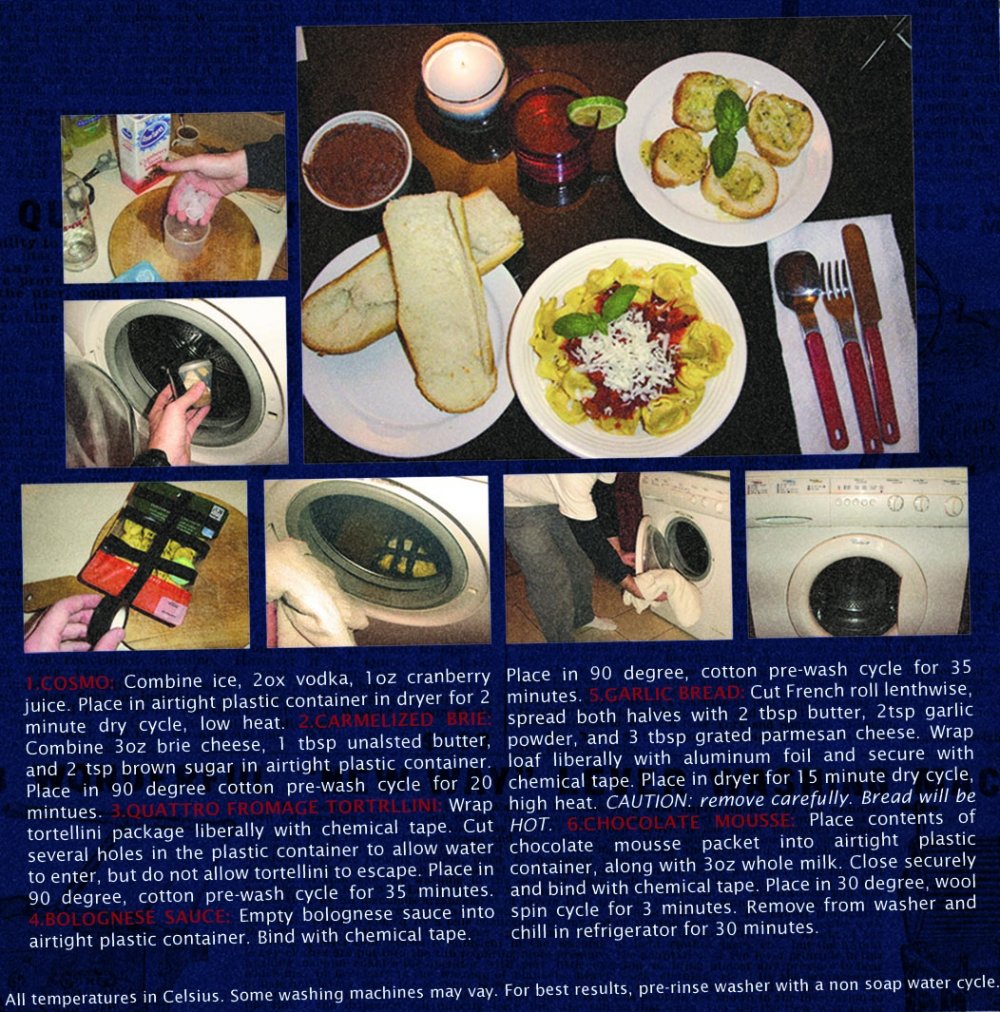Street Art

Math sucks
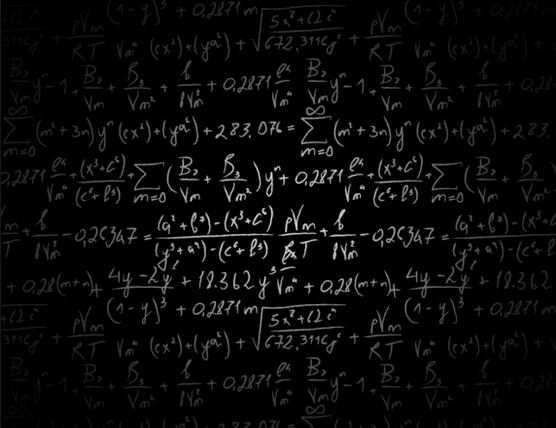
#selfie


No more weddings.
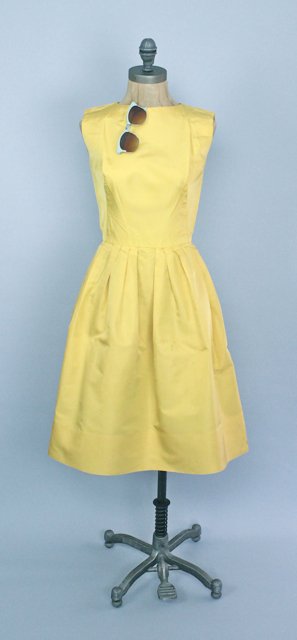
The Get It Girls (Photo)
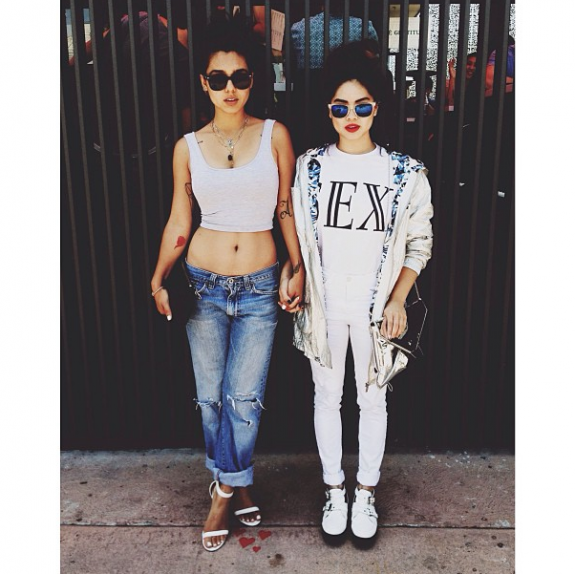
Toddler in Tears Expecting Iron Man
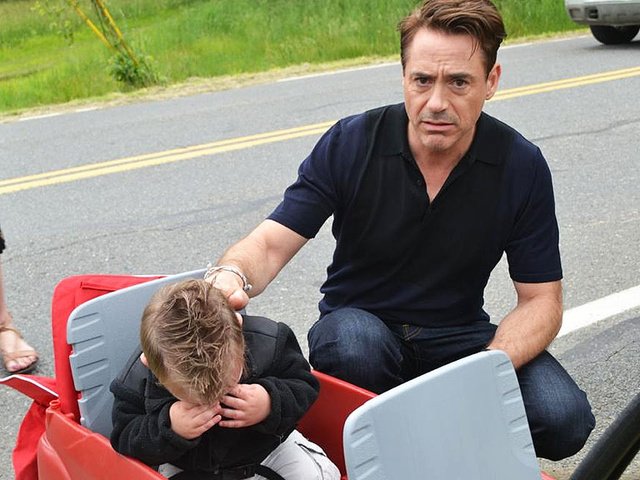
Robert Downey Jr. made a toddler cry because he wasn't the 'real' Iron Man.The actor - best known for playing the superhero and his billionaire alter ego Tony Stark - left 18-month-old superfan Jaxson Denno in floods of tears because he wasn't wearing his character's trademark red and gold suit in public.
Heather Denno, Jaxson's mother, was left to console her sobbing son, who was devastated to discover his favourite Marvel comics hero was a work of fiction.She told People magazine: 'He was fine as soon as he talked to him. [He] was so confused because I kept telling him it was Iron Man and he knew it wasn't. Well, not Iron Man in the suit.'
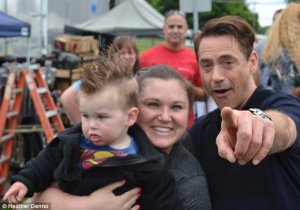
Oh Yeah - Vanessa Lake
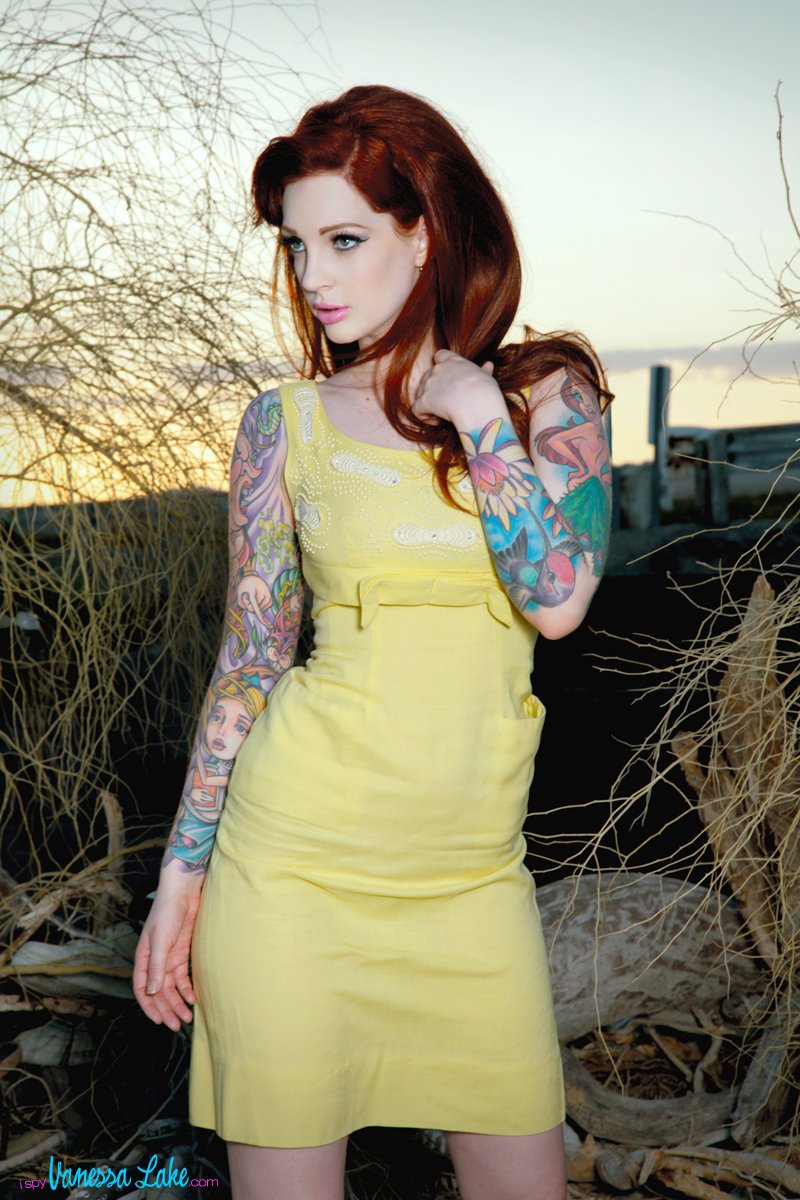
Oscar Wilde - Choosing Friends Quote
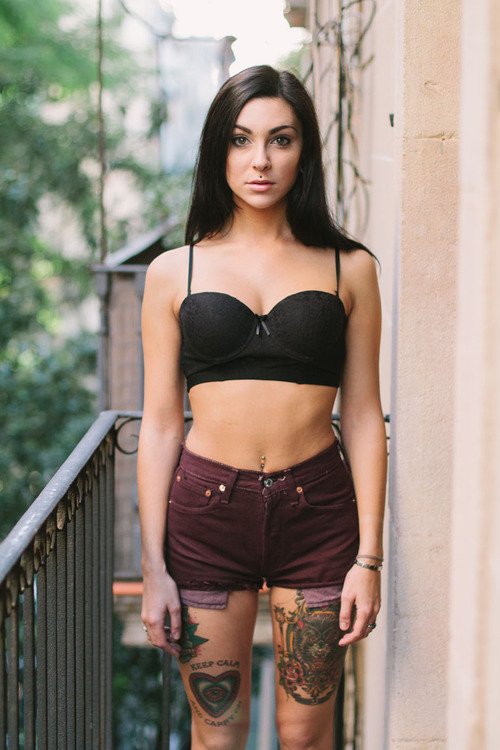
Our Rights - Thomas Jefferson
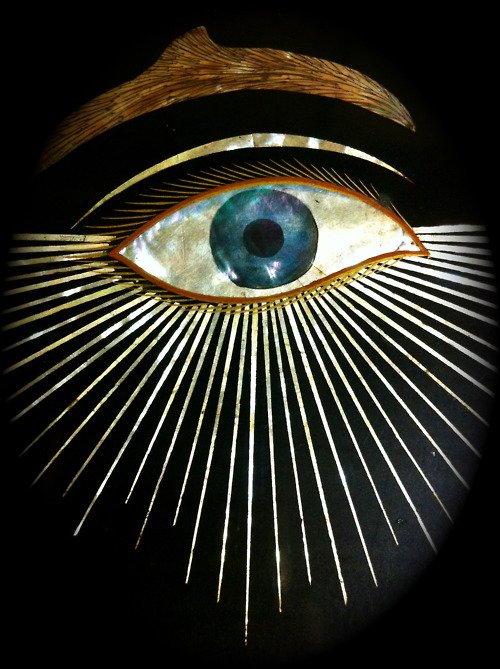
Aban Sonia - Joyriding

Works by Rudy Shepherd
Rudy Shepherd’s latest work explores the nature of evil through the mediums of painting and sculpture. This exploration involves investigations into the lives of criminals and victims of crime. He explores the complexity of these stories and the grey areas between innocence and guilt in a series of paintings and drawings of both the criminals and the victims, making no visual distinctions between the two. By presenting the people first and the stories second a space is created for humanity to be reinstilled into the lives of people who have been reduced to mere headlines by the popular press.
Going along with these portraits is a series of sculptures called the Black Rock Negative Energy Absorbers. They are a group of sculptures meant to remove negative energy from people allowing them to respond to life with the more positive aspects of their personality. It is on one hand a response to living in New York City for the last seven years and witnessing the madness that take place on the subway system, and an approach to political art that hopes to push the dialogue started in the late 80’s/early 90’s forward into 2008 by looking at the problems of society in a more comprehensive way, incorporating the rhetoric of new age mythology, and ancient religions.
Keep reading via RudyShepherd.com
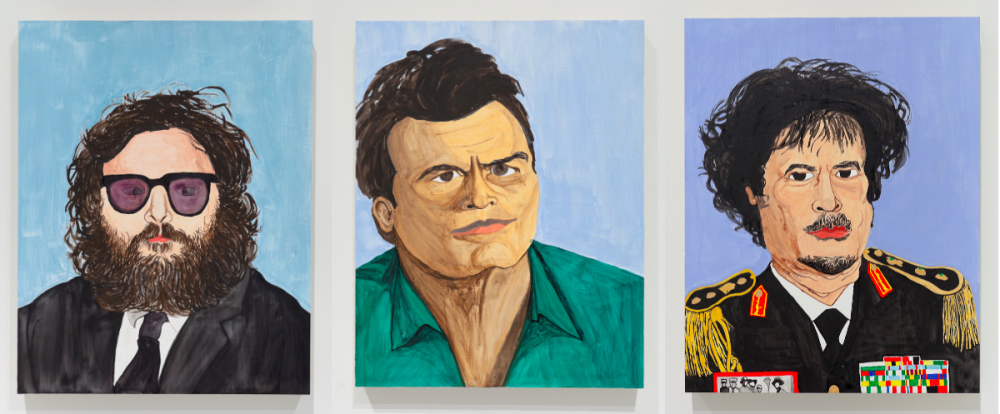
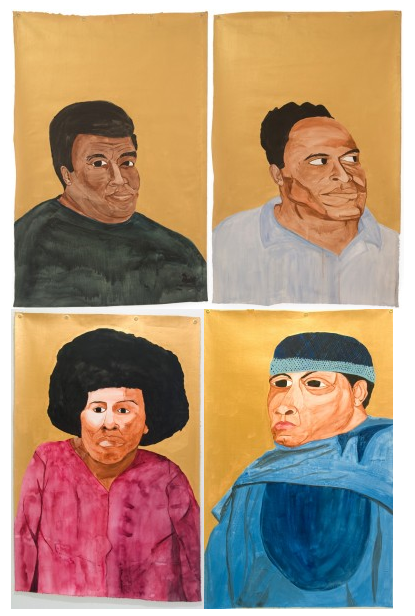
KIKI VALDES - Limited Edition Shirt - Sale ends June 18th
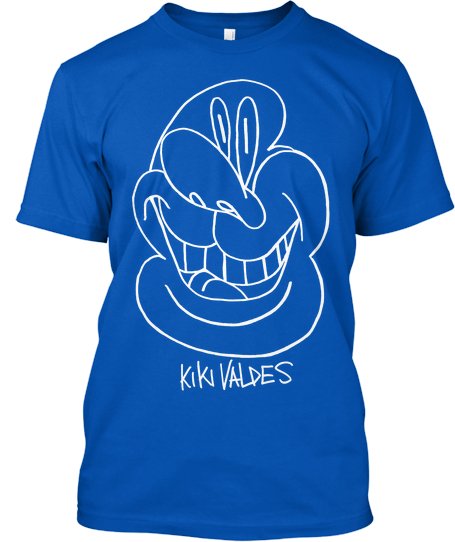
This is my first T-Shirt. I wanted to have fun and share something with all of you. The drawing on the shirt is a character that I use as a starting point for many of my recent paintings. These will be available for a very limited time so act now and get one today. Colors of shirts are Black and Royal Blue. Female fitted tees are also available.
Thanks for the support.
Kiki Valdes
Give Miami Day 2013
The Miami Foundation sets official date for
Give Miami Day 2013
Second
annual online philanthropy event to build on 2012’s extraordinary success
“The inaugural Give Miami Day was a demonstration of
Miami’s charitable spirit,” said Javier Alberto Soto, president and CEO of The
Miami Foundation. “On December 12, 2012, almost 5,000 donors gave more than $1.2
million to 300 organizations building a greater community. Miamians united in their support of a better
community for all, investing in our youth, health care, social services and the
arts.”
The Miami Foundation will maximize the community’s generosity by
matching a percentage of every donation between $25 and $10,000 received on
November 20 through givemiamiday.org. Donors can search and
give to organizations doing the work they believe is best for Miami-Dade, which
makes it easy to support the causes most important to them.
“The Miami Foundation,” continued Soto, “together with
a thriving and engaged community, will reignite the new, philanthropic Miami to
make Give Miami Day 2013 another milestone for our city.”
To participate in Give Miami Day, nonprofit organizations must serve
Miami-Dade County and create a free profile on givemiamiday.org. The profile will allow existing and potential donors the opportunity
to see the mission, work and impact of each organization. For more information, please visit miamifoundation.org/givemiamiday.
About The Miami Foundation:
Established in 1967, The Miami Foundation has helped
hundreds of people create personal, permanent and powerful legacies by
establishing custom, charitable Funds. With foundation expertise, Fundholders
have fostered the arts, awarded scholarships, championed diversity, taught kids
to read, provided food and shelter for the hungry and homeless, and more. More
than $150 million in grants and scholarships has been awarded in the
Foundation’s 45-year history. Today, the Foundation is steward to more than
$160 million in charitable assets. For more information about The Miami
Foundation, visit miamifoundation.org.
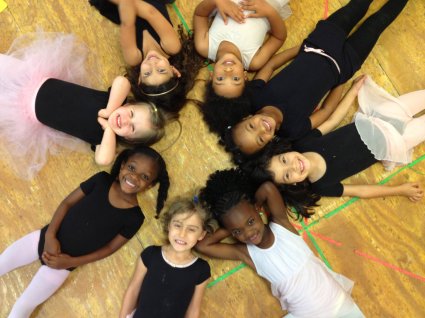
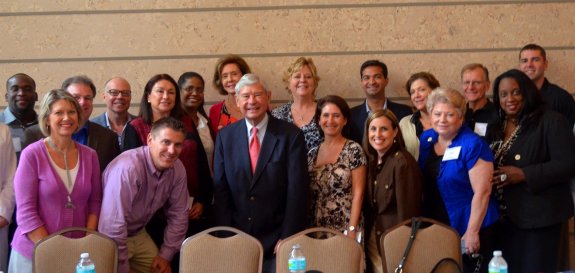
Interview with Kristen Soller
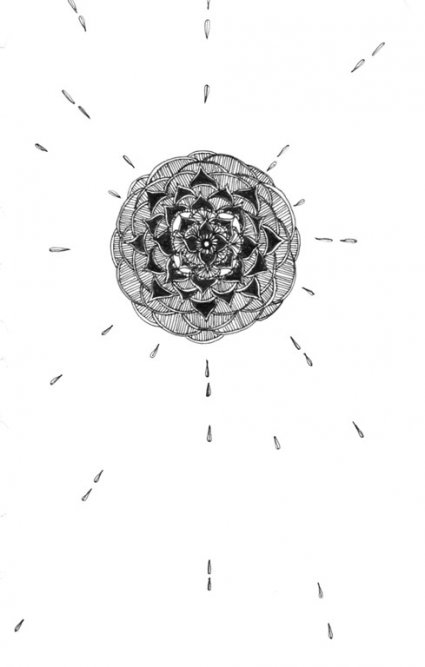
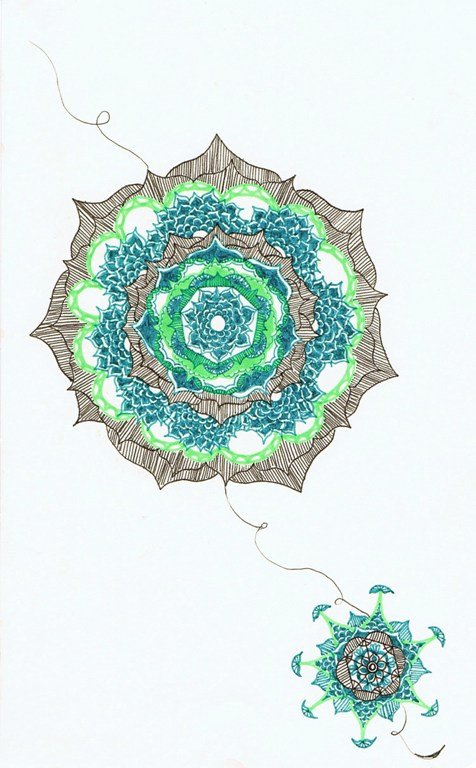
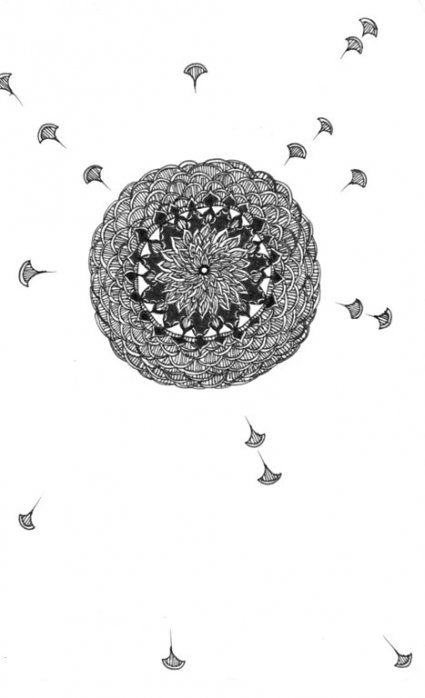
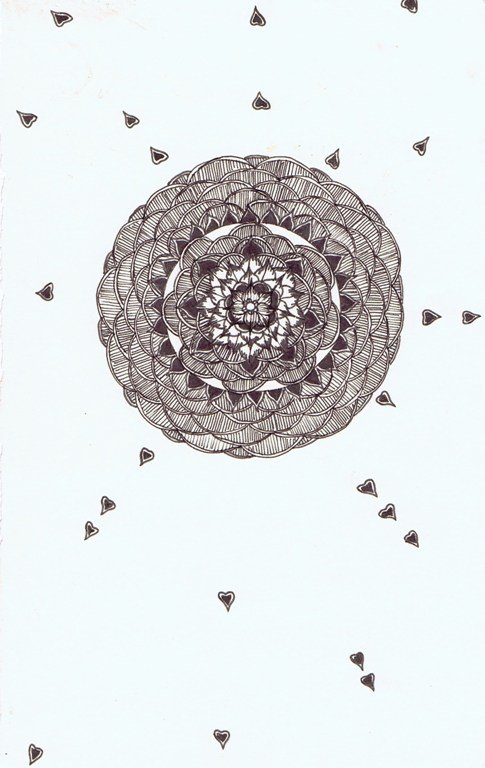

What do you love most about Miami?
I love Miami's atmosphere. I feel like it's an intimate place for being a 'city' and I love its tropical temperature. I could be having a horrible day and I just have to go outside to feel better. I'll take a bike to the water and take in the salty air.
How did you get started?
I have always been interested in art and drawing. I have been drawing for as long as I can remember. I have memories of just scribbling on walls and in books. I would illustrate my life, my future. I would tell stories to my parents about wanting to be a doctor or about my future place. I actually started out drawing really realistically, like people and portraits. Then, in the beginning of college I started doing more abstract things. I would say people I have met influenced me, like when I started dating David (Marsh) whose work is very abstract; he opened me up to that world. I started taking art history classes and learning more about artists that I like, Julie Mehretu, local artists like Liza Sylvestre and I like Louis Bourgeois and the emotional aspect behind her work
You are marrying a fellow artist, David Marsh, how much and in what ways do you influence or inspire each other?
As artists, we are total opposites. I find this advantageous because it's a constant conversation between us because of how easy it is to talk about what we like or don't like certain things. My fiancé was definitely influential in going into abstraction. He taught me that concepts and imagery don't always have to be obvious, that you free your mind more with it.
What are the themes you are exploring in your art now, doing abstract work?
I am still developing my voice right now. The questions I am asking myself as I create these pieces are about femininity. My work looks very feminine. I am questioning what is feminine work and what does it mean to use floral patterns. It is a conversation I have with myself. When I started doodling and developing more I started questioning what is this imagery. I respond by looking to sewing and embroidery and questioning fashion.
Can you elaborate on your work?
I feel like my work is very obsessive. I am trying to break free right now and have looser drawings. It is very meditative. I find it very therapeutic. I though I would become a writer. I used to write a lot of stories and I feel like my drawings have the same kind of meditation as writing. I used to be very into poetry. My obsessive drawings can look cursive in a way and I feel like that is liberating. Now I find that I am trying to move forward even more by making it more abstract and have less distinct lines. I do not write anymore. My drawings are my outlet.
Have you ever considered incorporating text?
I have actually. I think in phrases and stories. I am very much still a writer in my mind yet, when I express myself, it comes out in drawings.
Do you remember which story goes with which piece?
There is one drawing that I have that is very abstract. It has jellyfish in watercolor with very fine lines and I titled it “There is Something Deeper Lurking Underneath” and I had a drawing of a ball of thread and I called it ‘A Little Unraveling Could be Liberating.” A lot of my titles are lines from poems I imagine.
How important is the naming of each piece to you?
Naming is important to me as it is an integral part of each piece. Sometimes my drawings are born from phrases or thoughts in my head while other times titles are my own conscious response to a more unconsciously created drawing. Naming in itself is a conversation with myself about my pieces.
Are your works continuations, like stories and poems, or is each piece separate and conclusive within itself?
I am not sure. A lot of the titles that I have are emotions that I am trying to express and they are all related.
How does it alter your view of a piece if you hear a viewers interpretation at an exhibition and it is completely different from yours?
I love that. That is the beauty of art, have people see other things in your work. At the same time, when I look at my work it is so personal to me. I feel like I hide behind those images at the same time. A lot of times people look at my work and they say they are beautiful drawings. They are so flat and so detailed that people often do not know there was a feeling behind it. People look at art and think it is a way of looking into your emotions and thoughts. That is the interesting thing about abstraction and my work.
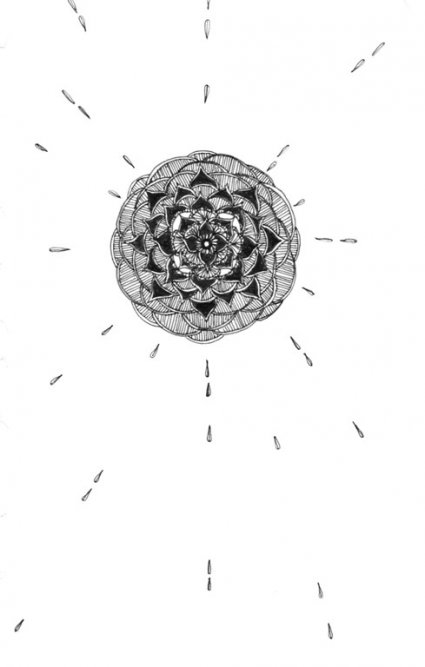
What range of emotions do you express in your work? What mood do you have to be in to draw?
My drawings are an outlet when I am frustrated or when I feel like my thoughts are obsessive. The drawing is a release of that. The emotions can be positive and negative. My drawings are mental mappings, in a way. Some people describe them as mandalas but as soon as I start drawing I loose myself in the work. The embroidery especially is such a tedious process that I literally just loose myself in the work which is what I want to achieve. When I look at my work I see the personal conversations with myself and also isolated thoughts that I have had and yet people think they are beautiful. I can appreciate that. That in itself is enough for me.
When did you start incorporating the embroidery?
Very recently. I use thread on paper. I wanted to figure out a way to make the drawings more tangible, more tactile. I started the sewing based on my questions on femininity which then opened up more ideas of fashion and also surface. How can I get underneath the surface. How can I get more personal about it? What I am trying to experiment with is trying to draw people in. The patterns are so interesting. You think it is a repeated pattern but it is hand drawn so there is that personal aspect to it. As I incorporate sewing and the patterns and I think about textiles it definitely opens up a different avenue for me as far as concepts. It makes me think of why people wear certain things and why girls cover themselves and how do people express themselves through fashion and what is underneath all of that. I am thinking of skin and surface. I started making different drawings of fur of different animals like the tiger. This is part of my current experimentation.
Do you separate the left and the right brain, the scientific from the artistic?
Me as a person, I definitely see myself as a right and left brain kind of person. People have said the drawings look scientific because they are so precise. It is a weird conflict because I feel like being so precise is keeping me from being personal. I do not try to replicate but I am interested in the process itself and when I am done and look at it I think “wow that really came together.”
Do you know when a work is finished or do you always feel like you want to continue?
I feel like I can go on forever. I have to force myself to stop or else I could drown in a drawing. Another artist I am looking to for inspiration is Yayoy Kusama. I do not want to achieve her aesthetic but I am interested in her process. She calls it “self-obliteration,” a process of loosing herself in a painting. It is not necessarily about her, it is about something bigger than herself. That is how I feel about my work. I am still trying to discover and develop my voice. I am hungry about fashion and textiles and patterns and embroidery. All of those things I want to incorporate in my work.
How important are colors to you?
Very important. I try to play with different colors and contrasts. Right now, I really like black and reds.
Do you choose colors based on aesthetic or an emotional connection and the characteristics associated with them?
I guess for me it is more about the emotional aspect. Reds are very strong and passionate and black is very bold. I feel like those are the best colors to express myself with at the moment. Even when writing, I love writing in black ink and red ink.
You use a lot of circular shapes. What do you like about circles?
It is part of that meditative process. There is something therapeutic and spiritualistic about it. Your thoughts are a cycle.
Your parents are from the Philippines. Are you inspired by your heritage and do you incorporate it into your art?
That is interesting for an artist who is still developing her voice. My parents never really raised me in the culture so in a way I feel kind of culture-less. I feel kind of whitewashed. My drawings are cold in a way because they are so precise and that may be partly because I do not have a cultural backing and there is not a lot of imagery from my culture in them. I don’t see an influence from that. My drawings are like isolated systems to me, rituals of some sort.
What are you currently working on? Do you have any exhibits coming up?
Not right now. The last one was the “Solar Intuition” group show in Wynwood with David and Brandon Opalka. I am in a period of creating new things.
Open Eyes
Jose Ortega y Gasset
Wynwood Art Walk June 2013
Create Your Own Life
Thomas Merton
Miami Free Art Fridays

Turns out I had an amazing time! Once I was accepted into the Facebook group I followed some leads but it turned out I was either too late or too early yet I remained determined to find something.
Washing Machine Gourmet...
